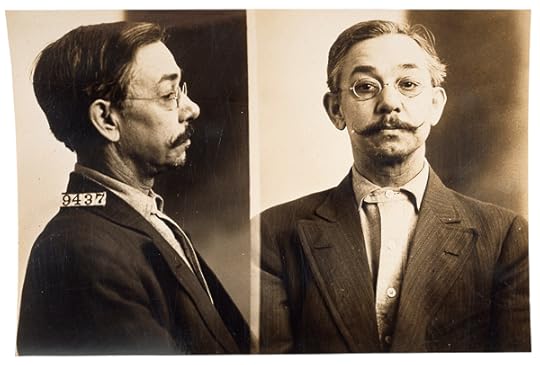GUILTY of Crimes Against Butter

In 1915, this man, Charles Willes, was convicted of breaking
the Oleomargarine Act. He was sent to the Federal Penitentiary at Leavenworth
for being guilty of "crimes against butter." As the National Archives explains, the problem was margarine:
How did trafficking in this popular butter substitute become
a Federal offense? Well, almost immediately after New York's U.S. Dairy Company
began production of "artificial butter" in 1871, regulation began. Dairy
interests pushed Congress to pass the 1886 act, which imposed a two-cent tax
(per pound) on margarine and also required manufacturers, wholesalers, and
retailers of margarine to obtain margarine licenses.
By 1902, 32 states had bans on coloring margarine yellow to
make it look more like butter. That same year, Congress increased the tax to 10
cents a pound for colored margarine but imposed a lesser tax of a quarter of
one cent per pound on the uncolored stuff … Some tried to pass the margarine
off as butter; others tried to evade the tax by reusing tax stamps again and
again.
Consumers colored their own margarine with yellow food
coloring into the 1940s. The federal margarine tax system came to an end in
1951. In 1967, dairy state Wisconsin was the last state to repeal the
restrictions on the sale, coloration, and/or manufacture of margarine.
Published on November 11, 2011 13:52
No comments have been added yet.



